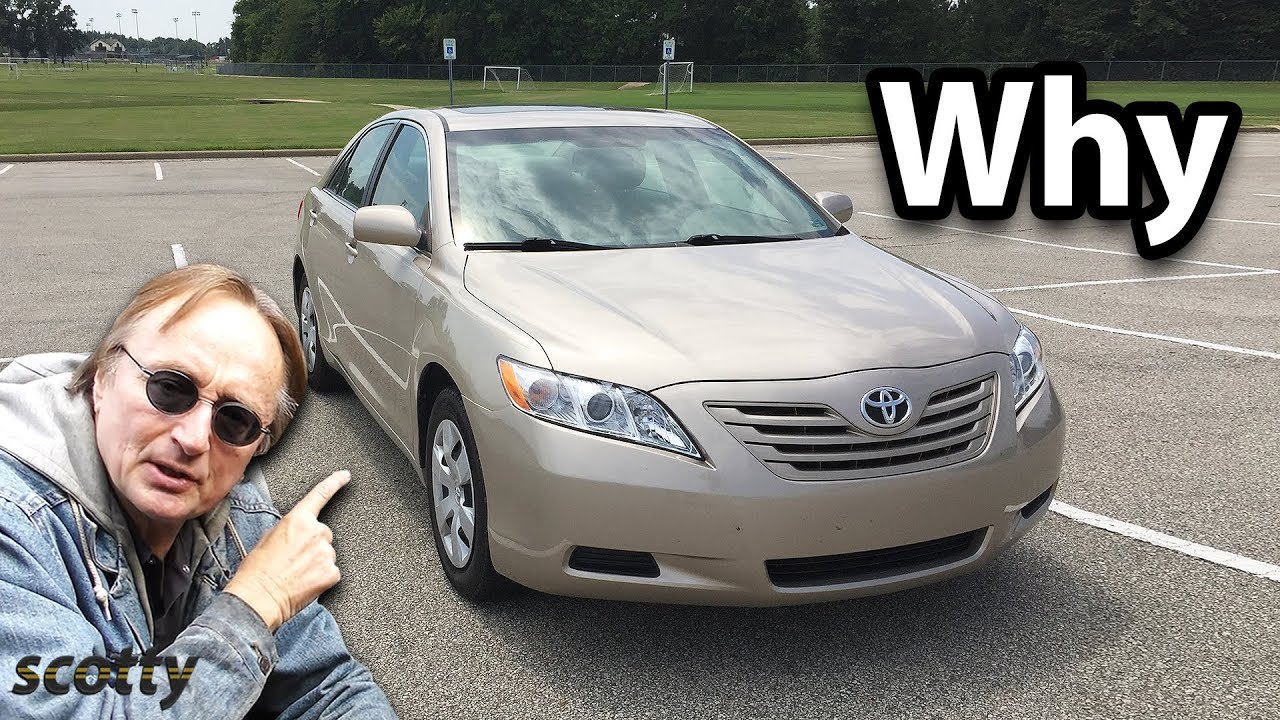
The 2020 Ford Mustang V6 keeps the iconic pony car tradition alive, but delivers a new level performance and agility. From performance levels Level 2 to 5, the 2020 Mustang offers an exceptional range of options for any budget. You can read on for more details about the car. You may be surprised at the price! The Ford 2020 Mustang V6, which weighs less than $46,000 is the fastest pony car Ford ever made.
Performance Pack Level 2.
The Ford Mustang is a popular sports car. However, its performance has significantly changed over the years. Ford announced the Mustang Mach 1 was back and also dropped the Shelby GT350R (and GT350R) from the lineup. New updates to the Mustang include the introduction of the Performance Pack Level 2 as well as a new order guide. BlueOvalForums was the first to report on the new order book. Here's an overview on the GT changes.
Performance Pack Level 3
Ford Mustang performance package level two is now available on 2019 and 2020 V6 vehicles. The package comes with 19-inch wheels and an upgraded radiator. There are also heavy-duty front springs, Torsen limited-slip diff, a Torsen-style differential, retuned steer and ABS. This package is available for any Mustang. The 2019 Mustang GT comes with a second performance pack. It will cost between $35,000 and $40,000 and has 700 horsepower.
Performance Pack Level 4
Ford Mustang has more power. Performance Pack level 4 increases the torque in the front wheels to give the car more control and a better feel on roads. The car handles more smoothly, and the car turns in flatter. Despite its heavier weight, the car still offers a smooth ride. Optional Recaro sport seats are available.

Performance Pack Level 5
The Ford Mustang received a major refresh for the 2018 model year, with the introduction of the Performance Package 2. This package, which was already available on the 2015 model of Ford Mustang, includes many track-focused features. Ford has however confirmed that this package won't be available on the 2020 Mustang V6. Ford has not revealed any further details about the status of Ford's package, however it is believed that it will disappear after 2021.
Performance Pack Level 6
The 2020 Mustang V6's Performance Pack Level 6 includes a wide range of features. This package includes new tires, a stronger engine, and larger brakes. It also features a redesigned front splitter and tubular rear sway bars measuring 21.7 millimeters. All the above modifications come at an additional cost. Read on to find out more about the performance packages.
Performance Pack Level 7
Ford's Mustang V6 is the strongest engine Ford has ever installed in a pony-car. Its V6 engine produces a healthy 345 horsepower and a peppy 310 pound-feet of torque. A Performance Pack is a collection of upgrades that can be added or removed from the base Mustang. It also allows you to personalize the car according to your needs. There are many options available for upgrades that can increase the overall cost of the car up to $5,000.
Performance Pack Level 8
The Performance Pack Level 8 for 2020 Mustang V6 adds some serious upgrades to the vehicle. This package adds new front springs, a rear swaybar, upgraded brakes, and larger wheels. This package is also available in EcoBoost and V6 trims, as well as GT trim. It adds nearly $1500 to the price. The vehicle also includes new magnetic ride dampers and larger front rotors. It also has revised chassis tuning.
Performance Pack Level 9
Ford Mustang V6 can be a powerful car. The Ford Mustang V6 can reach 60 mph within 3.5 seconds when equipped with the High Performance Package. The Performance Pack Level 9 upgrade adds 19x9inches machine-faced aluminum tires with 255/40R high quality summer tires, a blacked hood, and unique 2.3L High Performance Package badges. A Mustang GT gets a blacked out hood that features a tribar pony badge and metallic grey stripes. A tuned exhaust note is included and the engine has a fully active quad tip exhaust system.

Performance Pack Level 10
The 2020 Mustang V6 features a few additional upgrades over the previous model, including a performance pack. Upgraded suspension and aerodynamic components are included in the $1,995 Handling Pack. The car receives more aggressive pads on its brakes. Larger wheels and sticky tires offer a firmer ride. The new V6 is more fun, faster, and sexier to drive.
Performance Pack Level 11
Ford Mustang's Performance Pack Level 2 is identical to the GM Camaro 1LE. It features retuned steering, revised aero, and a lower ride height. This is a welcome addition to the Mustang line-up. These are the main differences. These are the key differences. We'll get to them in a moment. Ford has not yet released pricing details on the Performance Pack Level two.
FAQ
Is it easy to get a job as an automotive mechanic?
Yes, it's possible. Garages often advertise their jobs online and people just apply because it seems fun. To get your foot in front of the door, try applying for a few positions to see if any accept student applications. Another option is to ask family members and friends if anyone works in this industry. They might be happy to recommend someone.
What length is an automotive mechanic apprenticeship?
It takes three years to complete an apprenticeship as an automotive mechanic. It includes two years of school and two years as an apprentice. The first year of training is spent in the trade. This includes theory and practical skills as well as safety procedures. During this time, you'll also learn how to use tools safely and efficiently. After the first year, a second year will be spent on-thejob training. This year you'll get experience in different trades. These years will offer you the opportunity to attend formal classes.
The last year of your program will be spent earning qualifications and becoming certified. These include NVQs, which are obtained after passing industry-specific exams. Additionally, HNCs are Higher National Certificates that cover general subjects such management, customer service, and business administration. City & Guilds certificates offer qualifications in certain trades.
Is it worth being a mechanic.
The answer depends on what you are looking for in life. If money is your goal, then you can answer "yes". But if you are searching for meaning and purpose, then you should not answer this question.
It's not worth learning mechanics if you don’t have the skills. You'll waste your time. It will not make you rich. It's unlikely that you will be famous. And it's unlikely to change your life.
This would require you to spend many years learning how to properly do everything. Then you'd still have to pay someone else to fix your car when it breaks down. That's why most people don't bother doing it at all. They find something else to do.
In conclusion, if money is your main goal, you should go ahead. The mechanic's profession is not the right place for you if it means that you will live a fulfilled life.
To work as an automotive mechanic, do I need a degree? What about part-time study?
Although it's not mandatory, a degree can help. Employers are more likely to hire candidates who have completed a complete degree. It shows that you've put the effort in and have done everything possible to succeed.
You can still study while working, however. Many universities permit students to take courses during the summer holidays, and then finish their studies in the fall. Students can also take classes part time throughout the academic year.
How do I fix my vehicle as a hobby?
Why not make it a hobby if you're interested in cars? You can learn to fix them, buy them parts, and even sell them. It would make a great pastime if you're looking for something different to do.
It's difficult to make this a fulltime job. It takes a lot of dedication and hard work. You'll also need to invest a lot.
You may not be able to have an emotional connection with cars unless there is a valid reason.
Statistics
- Apprentice mechanics earn significantly less hourly than mechanics who have completed training, with a median wage of approximately $14.50 an hour, according to PayScale. (jobhero.com)
- 52% of Mechanics in the United States think their salaries are enough for the cost of living in their area. (indeed.com)
- According to the BLS, total auto technician employment is expected to exceed 705,000 by 2030. (uti.edu)
External Links
How To
How to properly diagnose your vehicle for repair
To determine if your car needs repairs, you should first look at the symptoms that your car presents. Next, you can follow these steps in order to diagnose your car.
-
Check engine lights. Check the dashboard light indicators such as the engine light indicator, the oil pressure gauge, the battery light indicator, the coolant temperature gauge, and the RPM gauge. If they have been flashing for more days than usual, it could be a sign that something is wrong with the vehicle.
-
Examine the treads of the tires. Tires can become worn and cause problems in handling and braking. The treads of the wheels should be inspected as well. They should be clean, and they should be smooth. You can do this by taking off the wheels. You can check the tread wear with a flashlight.
-
Pay attention to the level of your brake fluid. You must keep track on the level of brake fluid in your vehicle. This will ensure that your brakes run smoothly. If the brake fluid level is low, your brakes might fail when you apply pressure to them.
-
You should test the suspension system. Most vehicles have a suspension system that absorbs shocks and vibrations. It provides better control and allows smoother acceleration and deceleration. It might feel uncontrollable or wobbly if your vehicle is suffering from a suspension problem. To determine whether your vehicle may have a suspension issue, you can try to put weight on the rear or front axle and watch the movement.
-
Examine the steering column. Steering columns are used to connect the steering wheel to the rest of the vehicle's components. Steering columns can be damaged by accidents. You should replace the steering column if it is loose or weak.
-
Observe the exhaust pipe. Exhaust pipes move gases from combustion chamber to atmosphere. Exhaust pipes that are cracked or leaking can allow harmful fumes to enter your cabin. Also, if your tailpipe is bent, you should fix it immediately.
-
Take a look at the underside of your hood. Take a look underneath the hood to find any strange or unusual items. Leakage of fluids in your engine could indicate that it is leaking. If you smell something strange coming from your engine compartment you should call a professional technician.
-
The air filter should be checked. The air filter in your vehicle collects dirt and dust from the environment. A dirty filter can lead to a poor vehicle's performance. Replace your air filter regularly.
-
The fan belt should be checked. The fan belt is the link between the engine and the transmission. If the fan belt fails, the engine won't start. Replacing the belt is simple. You will need a screwdriver, pliers and a pair of pliers.
-
Make sure you inspect the radiator hoses and hoses. The radiator hose is used to carry water from the radiator to your engine. It can crack or become damaged and leak hot liquid onto an engine. Repairing the hose is easy with a pair of needlenose pliers or a small wire brush.
-
Be sure to inspect your windshield wipers. Windshield wipers use electricity for snow and rain removal. If they stop working, they could leave streaks on your window glass. To fix the problem, simply change the washer fluid.
-
Make sure you check the cables. Batteries provide power to electrical systems inside your car. If you are replacing batteries, disconnect the negative cord first. Failure to do so can damage your alternator.
-
Make sure your headlights are working properly. Headlights illuminate the road ahead of you. If they don't work properly, it can cause poor visibility. Check the bulbs to see if they've burned out.
-
Check the lights. You can warn other drivers if you approach them at night. One that doesn't work could cause you to be distracted, and possibly lead to an injury.
-
Check the brakes. Brakes slow down your vehicle before a collision. If they aren't working correctly, you could lose control of your car and crash.
-
Make sure to change the oil. Your engine will stay lubricated by the oil. It helps prevent metal parts from wearing out too quickly. It is recommended to change the oil once a month.